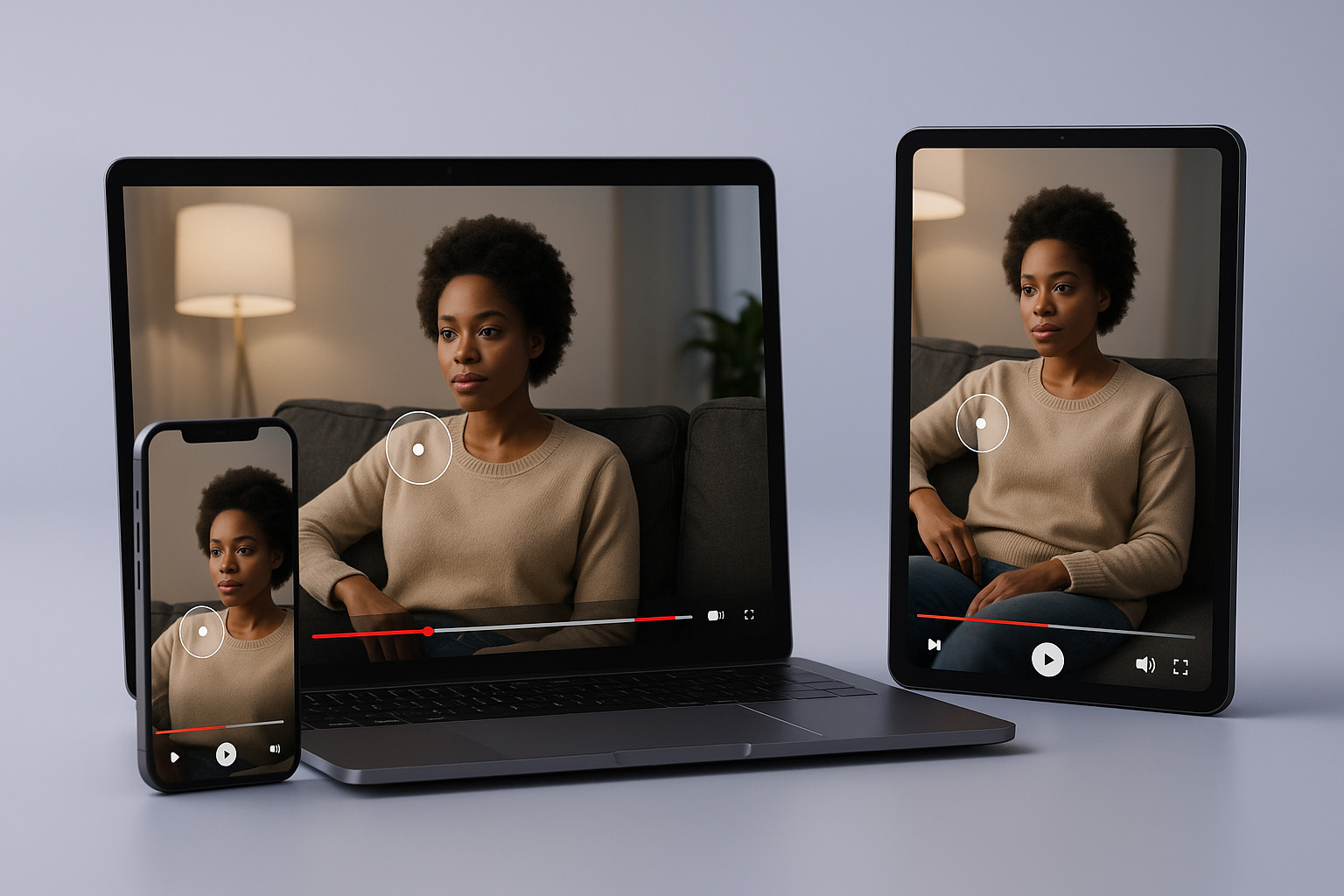You may have heard the term user engagement floating around the web, but haven’t wanted to fall down a rabbit hole to define it. User engagement can be a very broad concept, so we’ve broken it down for you to help clarify this popular buzzword. Read on to learn more about user engagement and how to create winning strategies to keep your customers engaged with your product or service.
What is User Engagement?
User engagement broadly refers to any interactions taken by the customer with your product. These interactions are offered by you, the business, and are up to the customer to complete or not. There are a variety of things that can fall into this category, so it is important to clearly define which interactions are meaningful to your brand. For example, many companies track bounce rate or page views as their core engagement performance indicators. You may be wondering why this matters, but there are many reasons why this metric should be at the top of your mind. Our next section will fill you in on just why customer engagement is important.
Why User Engagement is Important?
User engagement is key to business success. Having high engagement with your audience proves that they have built an emotional connection with your brand and are highly retained. This makes it easier for you to grow as you know you have core customers that simply are not going anywhere (And neither are their wallets!). Such engaged users are also more likely to be an advocate from your brand. Overall, having engaged customers is an extremely sustainable and organic way to grow your business.
1. Gathering Engagement Data
As we previously mentioned, user engagement can refer to a broad range of activities from your audience. You will then measure and track these activities, otherwise known as your engagement data. There are a variety of ways to track engagement data and this will ultimately depend on the engagement you choose to measure. The most popular metrics of engagement to measure are social media engagement such as likes and shares, app downloads, bounce rate, time on site, pages per session, and monthly active users. Outside of these popular metrics you can create a large number of custom events to track. While they all are tracking different interactions by your users, all of these metrics are core to your success as a business. Whether you’re selling sweatshirts or digital courses, having customers immediately navigate off of your site is never a good sign, so ensure you’re paying attention to how customers are engaging with your product.
2. Developing a User Engagement Strategy
As it’s so important to have high user engagement, having a strong user engagement strategy is something every successful business should have. It cannot be stressed enough that user engagement is unique to each business, so in turn each business’ strategy should be unique as well. Below we will introduce a number of strategies that can lead to higher engagement levels, however feel free to customize them to your business’ needs or use them as a springboard to bounce off of.
3. Creating an Engaging UX
The first step in any strategy to increase engagement is to have an engaging experience for your users. According to Adobe, 38% of people will stop engaging with a website if the content/layout is unattractive. This means even if you’re providing the most useful content imaginable, a large portion of potential users will not give it the attention it deserves if it’s not a great experience as well. There are a number of ways to create great ux that also increases user engagement. 3 powerful ways we recommend are guiding your users, reducing barriers, and utilizing the foot in the door technique. Simple examples of these respectively would be creating engaging tutorial videos, reducing the number of choices your users are required to make, and offering free trials.
4. Understanding Metrics that Matter
In the above section on engagement data we touched on the most popular metrics to track within user engagement. To refresh your memory those are social media engagement, app downloads, bounce rate, time on site, pages per session, and monthly active users. Overall any metric that determines what your audience likes and dislikes is an effective metric for tracking user engagement. Furthermore, these metrics should drive the website user engagement strategy you implement. For example, if your goal is to decrease your bounce rate your strategy should look a little different than one aiming to increase social media likes/shares.
5. Experiment with Different Content Types
Another effective way to increase engagement is to provide engaging content for your users. In the digital age we live in today, text alone doesn’t impress a majority of users. Users are looking for audio and visual experiences as well, such as video content that compliments your blogs. In the same way you would be advised to diversify your income instead of relying on one source, we advise you to have a content strategy that does the same. Creating a monthly content calendar with different cadences for each type of content, text-based, visual, etc, to manage your content strategy. Additionally, ensure all of the content you put out in this sequence is engaging and relevant to your users.
6. Continue to Improve
As you experiment with all of the different techniques above, it’s important to continue optimizing. A great way to see what’s working and what isn’t is the use of split, or A/B, testing. Using this method you would test two variants of the same asset and expose them to equal halves of your audience. This is extremely effective to help guide you on a successful path to engage with your audience as data does not lie. As you A/B test you can continue to fine-tune exactly what keeps your customers coming back and how to always optimize their experience.
How to Drive User Engagement on Your Website with Web Stories
We’ve gone over a variety of ways how to engage users on your website to increase your user engagement, but we’ve been holding our best-kept secret for the very end. Going back to our tips on experimenting with different types of content, we mentioned content that brings the user a more engaging experience than solely relying on text can drastically improve user engagement. What is a more engaging experience than video? Specifically, short-video Web Stories, which are essentially the open web version of “Stories” that have been popularized on social media. The addition of these short videos is a beneficial way to increase a variety of engagement metrics such as page views and bounce rates. Your audience is already consuming video elsewhere, spending an average of 40 minutes a day watching Youtube and 52 watching TikTok videos. Why not bring that attention to short videos on your website featuring your products and services? Firework gives you the ability to add a seamless Web Story experience to your website with no coding skills required-and for free! The attention of your users is very limited, why not grab as much of it as you can?
Unlock Exclusive Insights
By submitting this form, you agree to Firework's privacy policy and consent to receive personalized marketing communications. You can unsubscribe at any time.





























